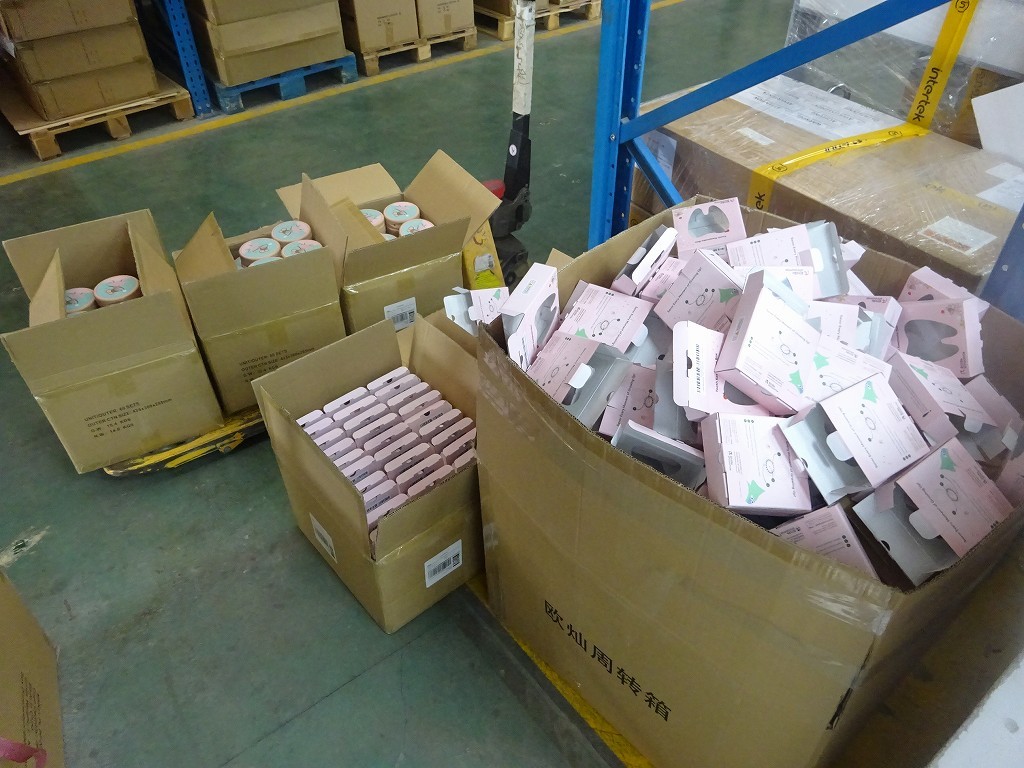In the intricate process of footwear inspection and manufacturing, identifying and categorizing defects is a critical step to ensure the delivery of high-quality products that meet and exceed customer expectations. This article delves into the common types of imperfections found in footwear, classifying them into three main categories: Critical, Major, and Minor. Through a comprehensive understanding of the severity and impact of these defects, manufacturers and quality control professionals are better equipped to implement corrective measures, thereby upholding product integrity and consumer safety.
Critical Defects:
Critical defects in footwear are serious issues that compromise the item’s intended use, endangering the wearer’s safety, functionality, or regulatory compliance. These defects demand prompt attention and rectification to prevent the defective product from reaching the end user. Examples of critical defects in footwear include:
- Structural Integrity Failures: Severe damage or breakage in the footwear’s soles or heels, undermining stability and presenting a significant safety risk.
- Inadequate Fastening Mechanisms: The absence or failure of closures, including malfunctioning zippers or buckles, hindering the footwear from being securely fastened.
- Hazardous Material Presence: The inclusion of harmful substances or chemicals in concentrations beyond permissible levels, posing health threats to the user.
Major Defects:
Major defects involve issues that notably affect the footwear’s quality and performance but do not immediately threaten safety. Addressing these defects is crucial for ensuring customer satisfaction and adhering to quality standards. Notable examples of major defects in footwear encompass:
- Aesthetic Flaws: Noticeable scratches, scuffs, or indentations on the upper surface of the footwear that detract from its appearance or negatively impact the brand’s reputation.
- Stitching and Seam Inconsistencies: Issues such as unraveled or uneven stitching, loose threads, or misaligned seams, compromising the footwear’s durability and overall aesthetic.
- Sizing Discrepancies: Considerable size variations within the same production batch, potentially causing discomfort for wearers and leading to increased returns.
Minor Defects:
Minor defects are less significant flaws that, while not affecting the footwear’s functionality or safety, may influence its visual appeal or the wearer’s experience. Although these defects do not necessitate immediate intervention, minimizing their occurrence is essential for maintaining overall product quality. Examples include:
- Surface Blemishes: Minor, superficial marks or irregularities on the footwear’s surface that do not affect its structural integrity or functionality.
- Color Variance: Slight differences in color shades or dye inconsistencies that have a negligible impact on the footwear’s overall appearance.
- Excess Adhesive: Small amounts of adhesive or glue residue that do not compromise the footwear’s structural integrity or usability.
Conclusion:
In the footwear inspection domain, proficiently understanding and categorizing defects into critical, major, and minor classifications is paramount for preserving high product quality and achieving consumer satisfaction. Critical defects necessitate immediate rectification to avert safety risks, major defects influence the product’s quality and performance, and minor defects, though not impacting functionality, should be minimized. By conducting meticulous inspections and addressing these imperfections aptly, manufacturers and quality control professionals can assure the provision of footwear that not only meets but surpasses quality expectations. This dedication to quality and meticulous defect classification underlines the commitment of manufacturers to excellence in the footwear industry, bolstering the reputation of businesses dedicated to superior craftsmanship and quality assurance.






